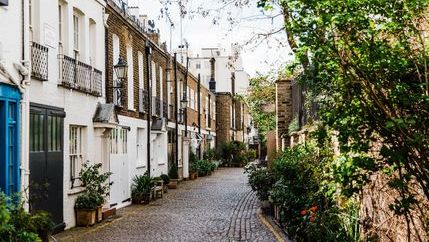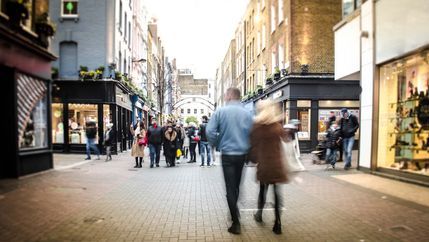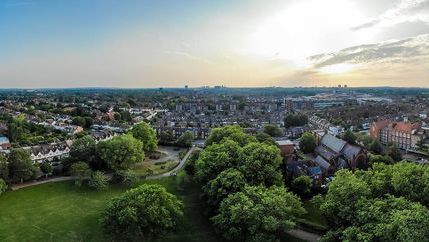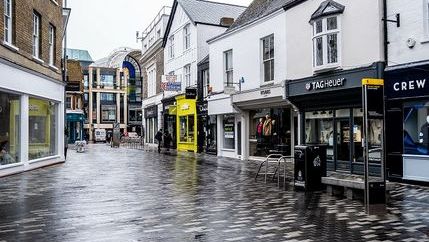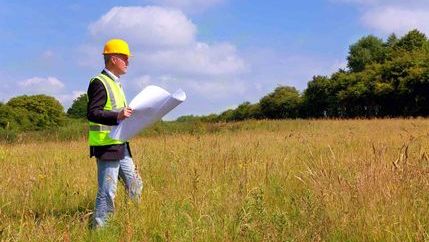
The introduction of new permitted rights (PDR) for Class E uses E (office buildings, shops, commercial properties) to residential means that any premises in this class under 1,500 square metres, empty for three months or more can, subject to certain other conditions and limitations, be converted to residential through a prior approval process, with only extremely limited control by the local planning authority (LPA).
The directions, due to be applied 31 July 2022 after current bans expire, will block further residential development stands directly in contrast with the UK Government’s aims to build 300,000 new homes.
Change of use rights extension undermining community building efforts
Permitted development rights (PDR) may have catastrophic consequences on communities as the UK Government pushes ahead with its pledge to create 300,000 new homes.
However, organisations such as the Royal Town Planning Institute (RTPI) have recently highlighted how aggressive applications of PDRs may contribute to the degradation of high streets.
It has also been speculated that the homes created as a result of PDRs are often of poorer quality.
The councils that are blocking PDRs are Camden, Croydon, Hammersmith and Fulham, Islington, Kensington and Chelsea, Lambeth, Southwark, Tower Hamlets, Wandsworth, Westminster, Brent, Hounslow, Merton, Redbridge and Richmond, as well as the Old Oak and Park Royal Development Corporation and the City of London Corporation.
Lewisham, Ealing, Havering, Newham and Sutton, as well as the London Legacy Development Corporation are among the councils which have not applied A4Ds.
Further information on the A4Ds can be found on the separate council websites.

